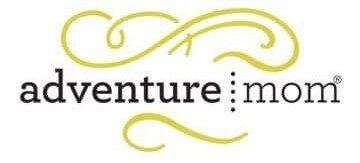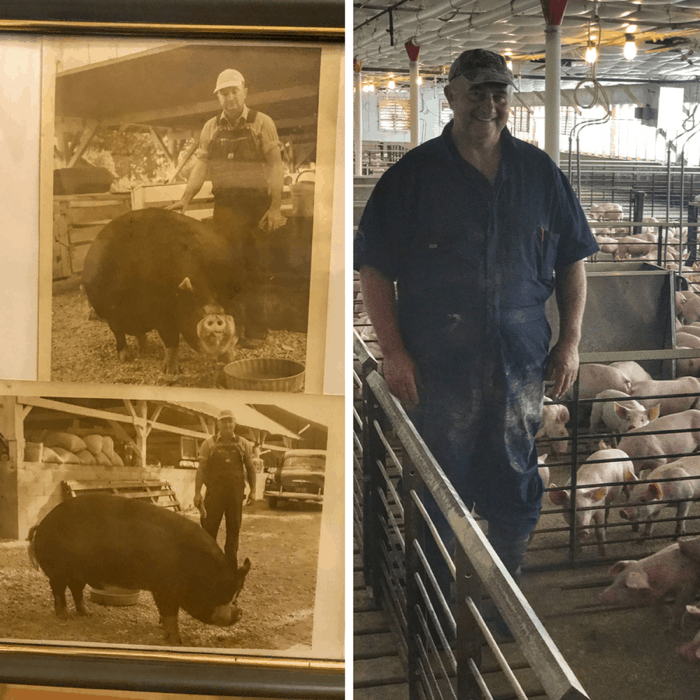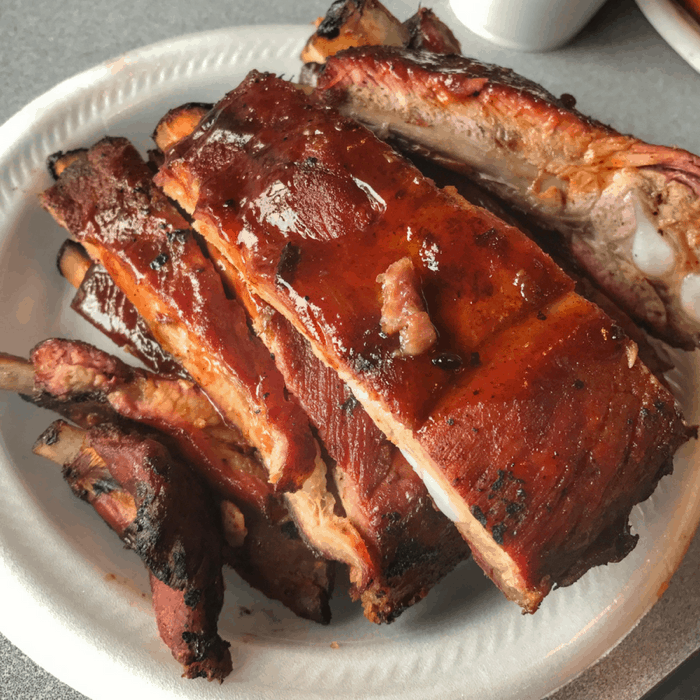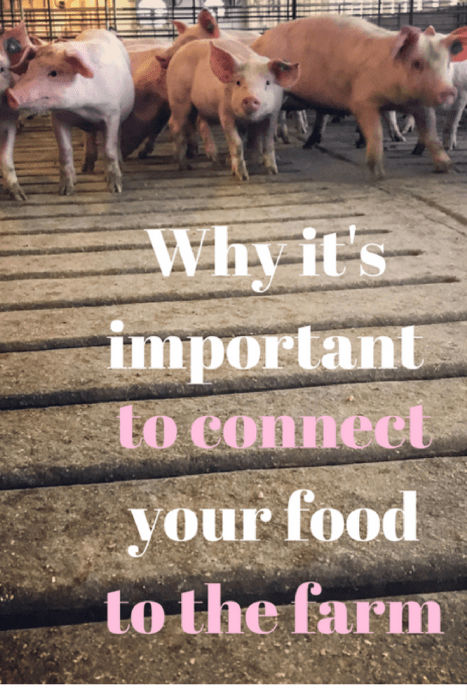As someone who enjoys eating meat, there has always been a bit of a disconnect for me when it comes to connecting my food choices to their sources.
I know where they come from, but I tend to not dwell on it too long. When I was invited to visit a pork farmer to learn more about the industry, I thought “why not?!”
I knew that I had a lot to learn and as a city slicker, farm life is definitely out of my comfort zone.
My husband and I met Neil Rhonemus aka “Uncle Squeal” in his office first to learn more about his connection to pig farming and to learn more about how the industry has evolved over the years.
Neil is a third-generation pig farmer who cares after the piglets from weaning until they are ready for market.
A lot has changed in the farming industry over the years since his grandfather’s time, but at its core it’s still about producing a quality product.
The Circle of Life
Neil reminded me that something has to die or be prepared to become your food. We need the growers, harvesters, and the chefs who prepare the food for our plate in the process of bringing the farm to the table.
A look inside the Barn
The process of visiting the piglets is pretty intense. I had to take a shower that included washing my hair and a change into coveralls and boots provided by the barn.
This process is to protect the piglets from anything that we could carry in. You also take a shower when you leave….so that you don’t take the smell of the pigs back with you.
Neil said that he can take up to 8 showers a day as he cares for the pigs.
Why are some pigs raised inside?
Thanks to technology farmers can help keep their animals comfortable all year round with fans, misters, and heaters.
Generators are in place if the power were to go out for any reason. The barns also keep the piglets protected from predators and disease spread from birds.
Neil showed us the control area and the thorough records kept for air temperature, circulation of the fans, and how much food and water the piglets were consuming.
The farmers provide clean living conditions inside along with the required space for each pig to move freely within its pen.
Animal Care
Neil made it clear that for him to make a profit, a productive animal is a happy, healthy animal.
Neil doesn’t actually own the piglets, but his role is a “pig caregiver” or a contractor and he takes that position seriously.
It’s important to have eyes on the piglets several times a day to notice if any animals might become unhealthy.
Meet the Piglets
My husband and I had the opportunity to go closer to the piglets. We were instructed to move slowly so that we would not startle them.
It was a short matter of time before they became curious and began pressing their snouts on our boots which felt so funny. We made some new friends pretty quickly.
 What do they eat?
What do they eat?
The piglets go through 9 different stages of feed during their lifetime. Their feed consists of corn, soybean meal, vitamins, and water which means that there is no raw garbage in their diet.
Where does the waste go?
The waste is stored under the barn and is used on the field to create nutrients as fertilizer for the corn.
Are there hormones added to my pork?
I was happy to learn that hormones are not permitted for use in growing pigs.
What about antibiotics?
There is no harmful antibiotic residue in the pork you eat. Veterinarians work closely with Ohio pork farmers to help keep the pigs healthy and use antibiotics responsibly.
If a pig does receive an antibiotic, it must follow a strict withdrawal period. This ensures that the medication is out of their system before it enters the food supply.
Connect with a Social Savvy Farmer
I was really surprised by how knowledgeable Neil was when it came to social media.
He understands the value of social media to connect and help give access to pork farmers. He is even part of connecting students in the classroom to the farm by experiencing a live video chat on a Virtual Field Trip to his farm.
Local Lunch Stop
After our tour, we were super hungry and joined Neil for lunch 12 miles away at Beaugard’s Southern Bar “B” Que restaurant.
I thought that it might be challenging given where I just came from. Ironically I had no problem enjoying my lunch with ribs and all the Fixin’s.
Connecting your food to the farmer
I’m so grateful for the opportunity to meet Neil and learn more about pork farming. It was definitely an adventure that I’ll never forget! You can follow Neil’s adventures on his Facebook Page.
Thanks again to the Ohio Pork Council for hosting our visit and sponsoring this post. All opinions are my own.










